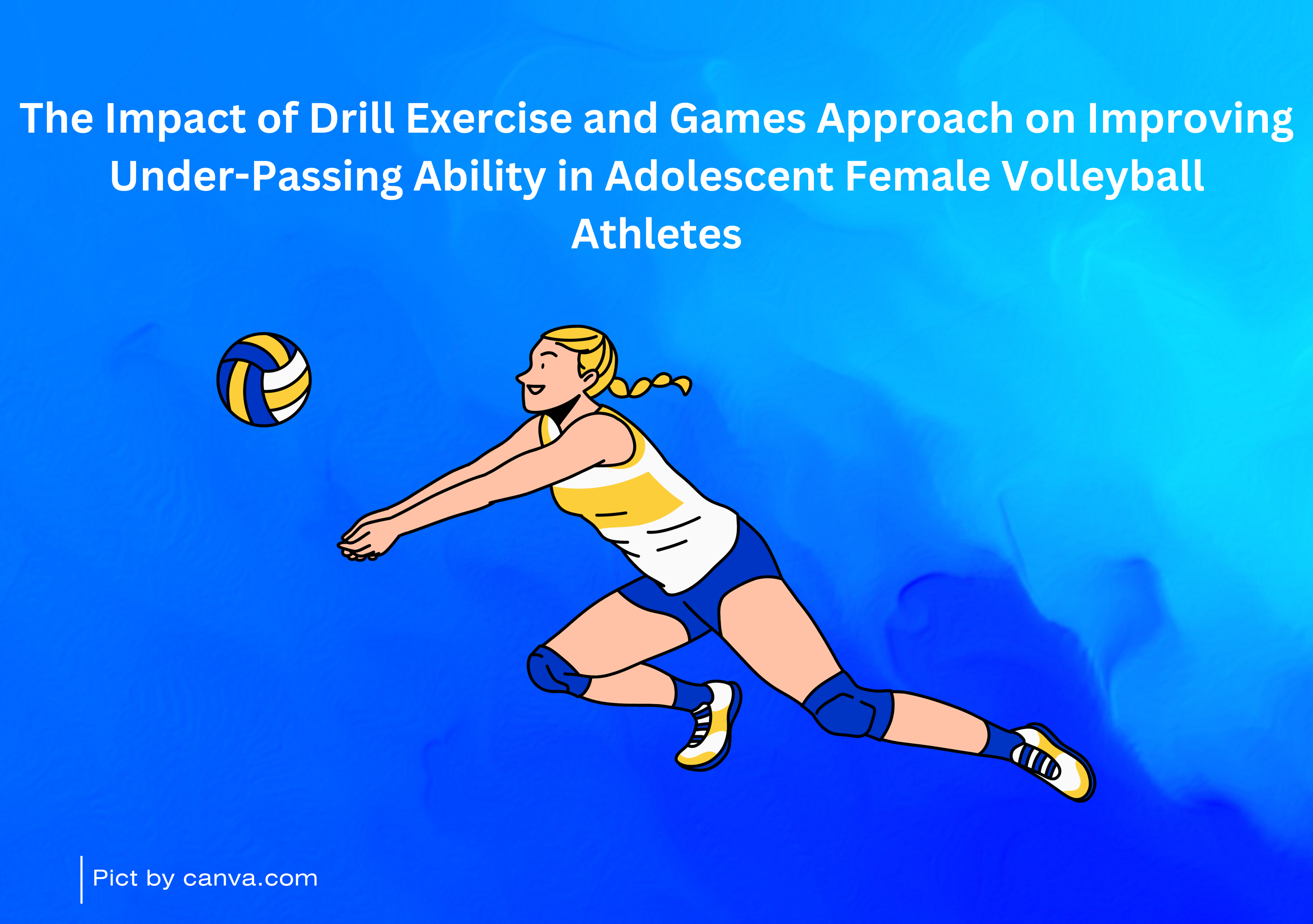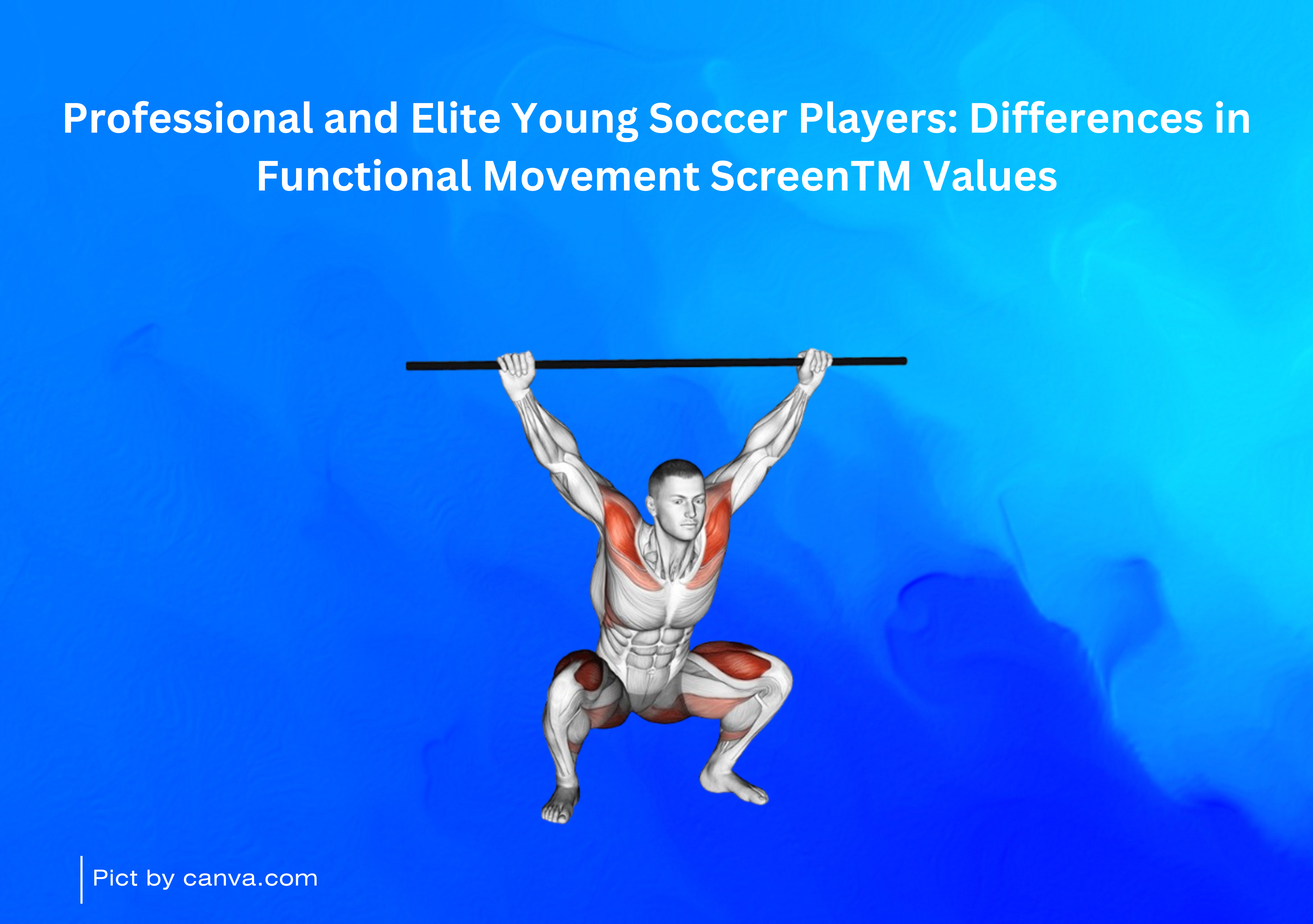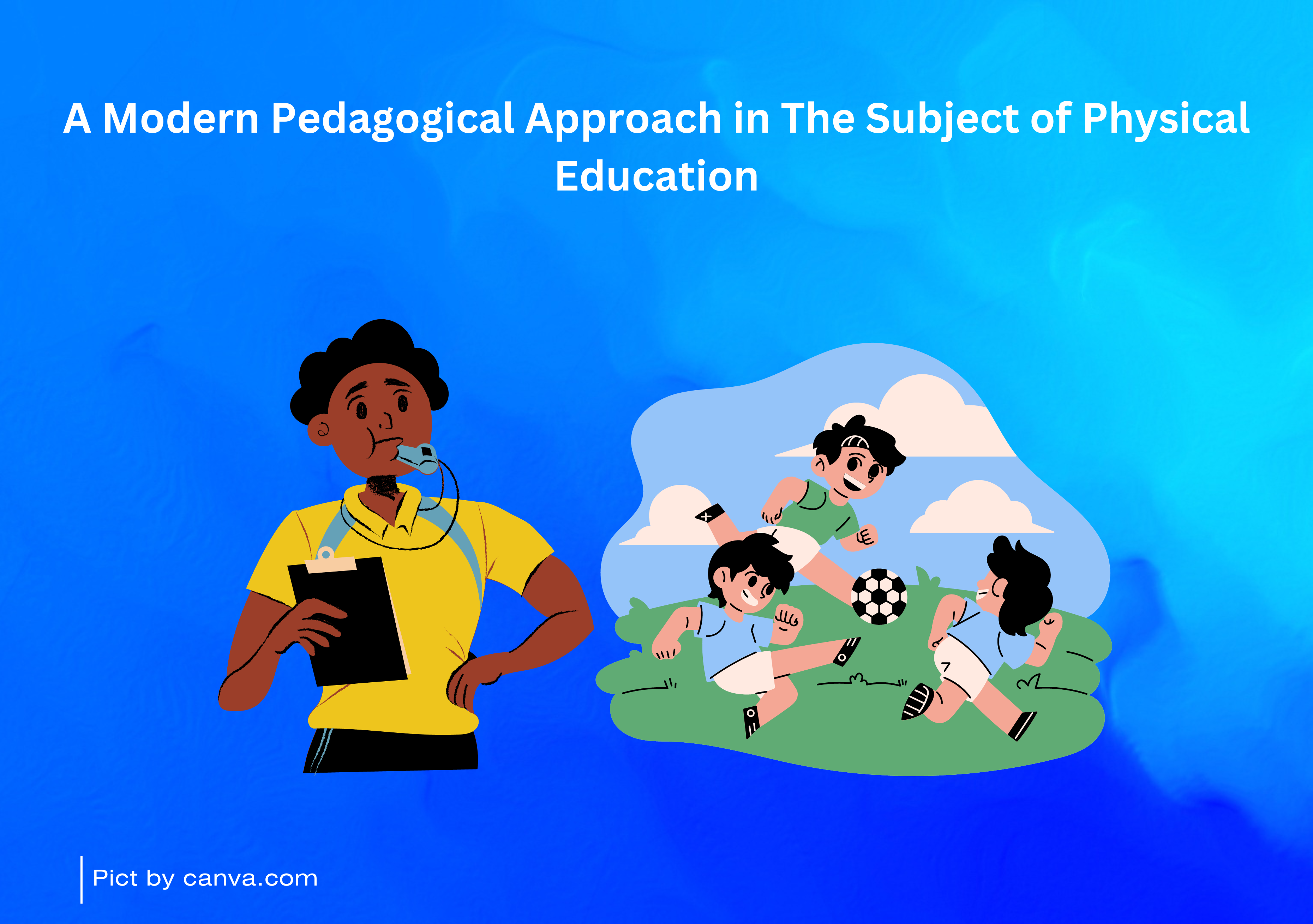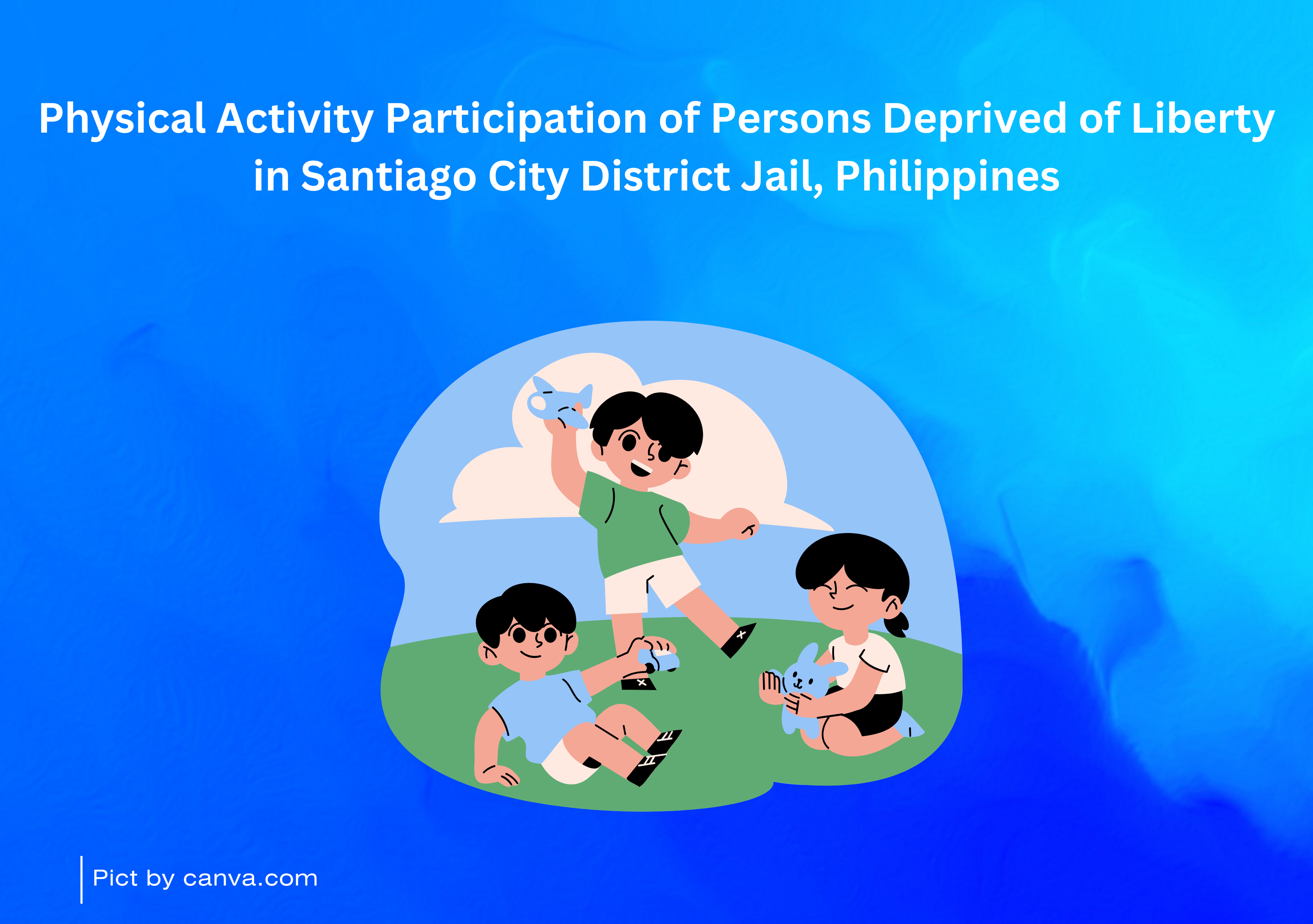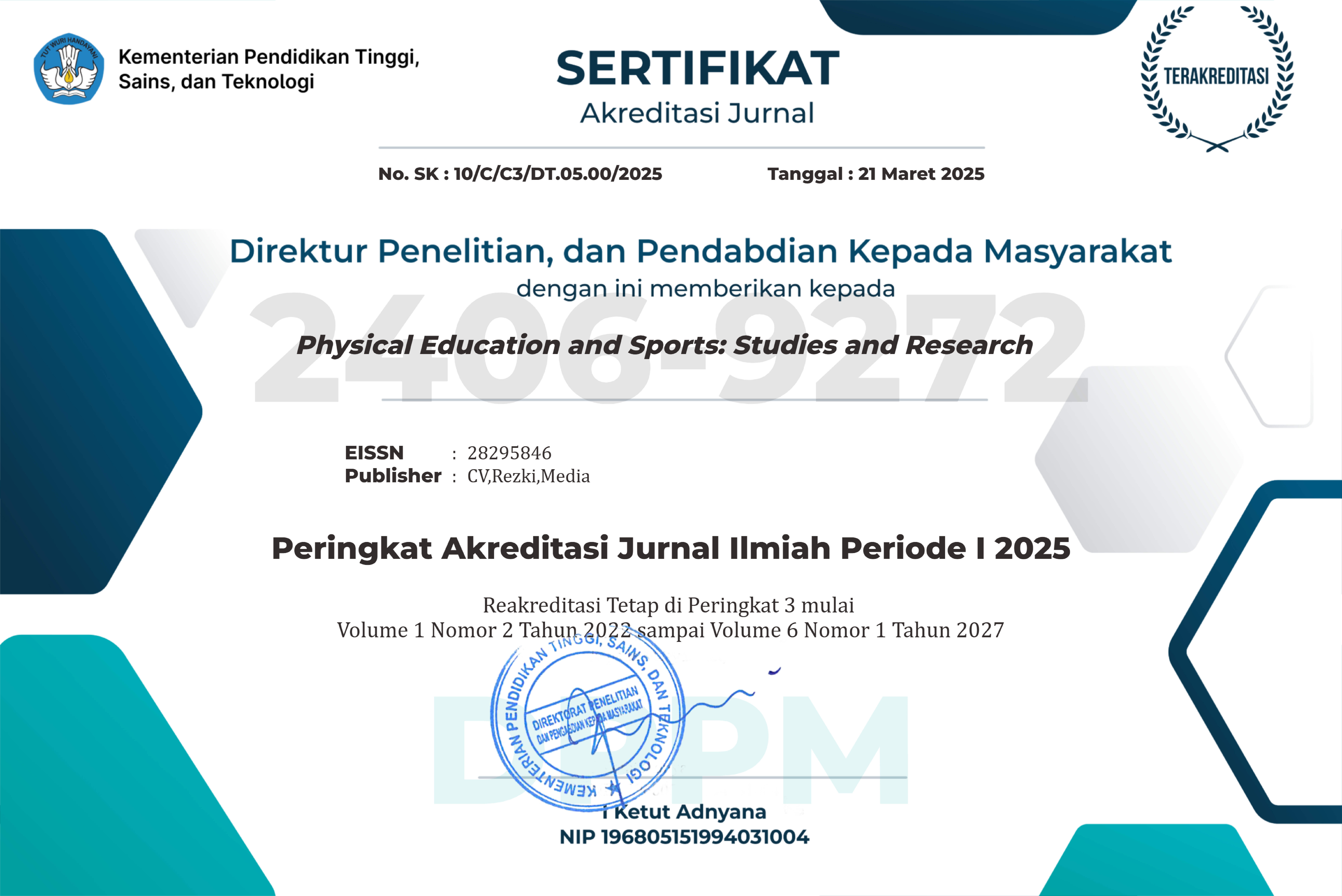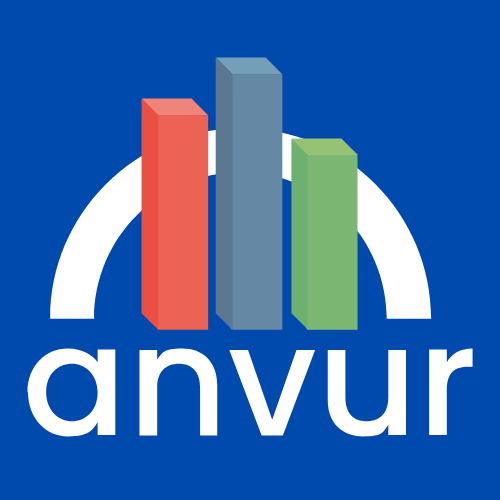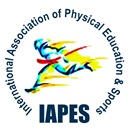The effect of peer teaching and think pair share on rhythmic gymnastics learning outcomes
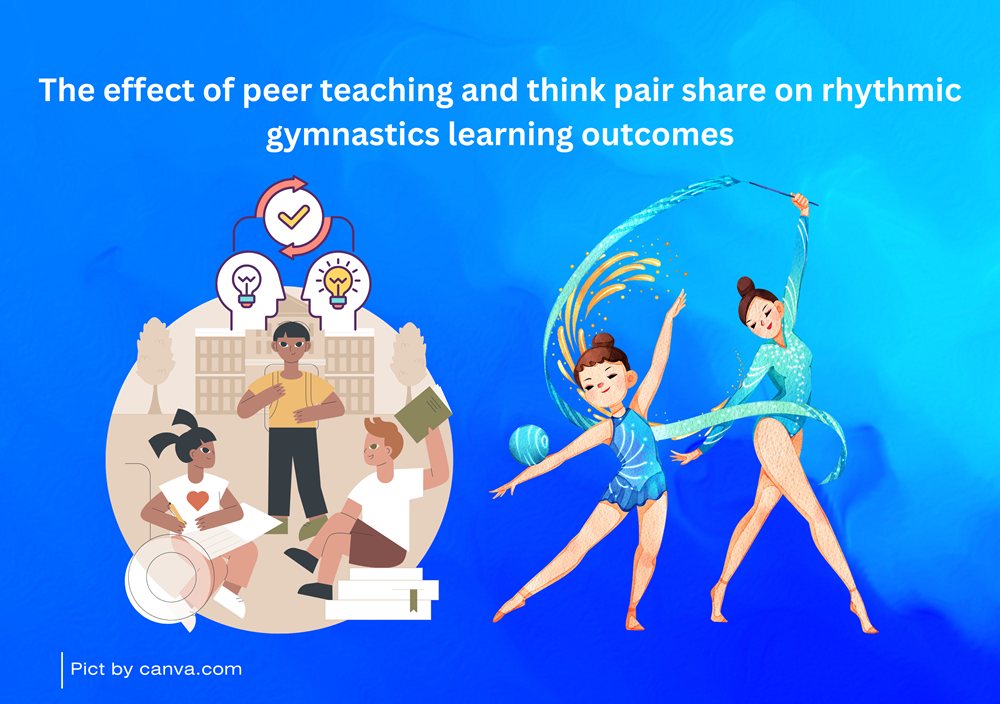
Downloads
Background: Rhythmic gymnastics plays a vital role in developing students' motor skills, coordination, and rhythm, yet many still face challenges in mastering movement concepts.
Objectives: This study compared the effectiveness of Peer Teaching and Think Pair Share (TPS) cooperative learning models in improving rhythmic gymnastics learning outcomes.
Methods: A quasi-experimental design with a two-group pretest–posttest was conducted on 68 eighth-grade students (male and female) at State Junior High School 4 Semarang, divided into Peer Teaching (n=34) and TPS (n=34) groups. Learning outcomes were assessed using a validated rhythmic gymnastics performance test, and data were analyzed descriptively with gain score calculation.
Results: The TPS group achieved a greater improvement in posttest scores (from 67.21 to 79.59; +18.41%) compared to the Peer Teaching group (from 79.18 to 79.85; +0.85%). These results indicate that TPS enhances students' understanding, coordination, and engagement in rhythmic gymnastics learning.
Conclusions: TPS is recommended for physical education teachers to improve performance, particularly for students with lower initial skills. Further studies should explore its long-term effects and retention.
Abdollahipour, R., Wulf, G., Psotta, R., & Palomo Nieto, M. (2015). Performance of gymnastics skill benefits from an external focus of attention. Journal of Sports Sciences, 33(17), 1807–1813. https://doi.org/10.1080/02640414.2015.1012102
Bindayna, K. M., & Al-Salman, J. M. (2023). Problem-Based Learning Approach in Microbiology. Elsevier. https://doi.org/10.1016/C2021-0-02249-5
Budirahayu, T., & Saud, M. (2023). Pedagogical innovation and teacher collaborations in supporting student learning success in Indonesia. Cogent Education, 10(2), 2271713. https://doi.org/10.1080/2331186X.2023.2271713
Casey, A., & Goodyear, V. A. (2015). Can cooperative learning achieve the four learning outcomes of physical education? A review of literature. Quest, 67(1), 56-72. https://doi.org/10.1080/00336297.2014.984733
Cereda, F. (2023). A Modern Pedagogical Approach in The Subject of Physical Education. Physical Education and Sports: Studies and Research, 2(2), 126-141. https://doi.org/10.56003/pessr.v2i2.265
Dyson, B. P., Linehan, N. R., & Hastie, P. A. (2010). The ecology of cooperative learning in elementary physical education classes. Journal of teaching in Physical Education, 29(2), 113-130. https://doi.org/10.1123/jtpe.29.2.113
Fiorella, L., & Mayer, R. E. (2013). The relative benefits of learning by teaching and teaching expectancy. Contemporary Educational Psychology, 38(4), 281-288. https://doi.org/10.1016/j.cedpsych.2013.06.001
Green, A. J., Tanford, S., & Swift, A. (2018). Determinants of Student Satisfaction with Using Instructional Technology: The Role of Active Learning. Journal of Hospitality & Tourism Education, 30(1), 1–10. https://doi.org/10.1080/10963758.2017.1413381
Hasibuan, N. R. F., Fauzi, T., & Novianti, R. (2020). Pengaruh kegiatan senam irama terhadap kecerdasan kinestetik pada anak kelompok b tk mustabaqul khoir Palembang. Jurnal Pendidikan Anak, 9(2), 118-123. https://doi.org/10.21831/jpa.v9i2.33564
Kamil, V. R., Arief, D., Miaz, Y., & Rifma, R. (2021). Pengaruh Penggunaan Model Pembelajaran Kooperatif Tipe Think Pair Share terhadap Motivasi dan Hasil Belajar Belajar Siswa Kelas VI. Jurnal Basicedu, 5(6), 6025–6033. https://doi.org/10.31004/basicedu.v5i6.1744
Kerr, R., Barker-Ruchti, N., Schubring, A., Cervin, G., & Nunomura, M. (2019). Coming of age: coaches transforming the pixie-style model of coaching in women’s artistic gymnastics. Sports Coaching Review, 8(1), 7–24. https://doi.org/10.1080/21640629.2017.1391488
Kumala, H. S. E., Rahmania, N. U., & Purnama, S. (2022). Impelementasi Pengembangan Kecerdasan Kinestetik Melalui Kegiatan Senam Irama di TK Islam Al Madina Sampangan Semarang. Jurnal PG-PAUD Trunojoyo: Jurnal Pendidikan Dan Pembelajaran Anak Usia Dini, 9(1), 22-29. https://doi.org/10.21107/pgpaudtrunojoyo.v9i1.13178
Lynott, F. J., Nelson, T., & Oh, H.-J. (2022). Fostering Students’ Physical Literacy through Academic Conversations: Using Think-Pair-Share as a Teaching Strategy in Physical Education. Strategies, 35(3), 11–17. https://doi.org/10.1080/08924562.2022.2052777
Manda, A. K. (2025). The role of the ‘think-pair-share’ active learning strategy in influencing content knowledge and self-confidence of undergraduate students in a large enrollment geoscience course. Journal of Geoscience Education, 73(3), 305–317. https://doi.org/10.1080/10899995.2024.2419308
Mesias, J. C. M. (2022). Out-of-Field Public Senior High School Teachers: Competencies in Teaching Physical Education. Physical Education and Sports: Studies and Research, 1(2), 123-135. https://doi.org/10.56003/pessr.v1i2.137
Mundelsee, L., & Jurkowski, S. (2021). Think and pair before share: Effects of collaboration on students’ in-class participation. Learning and Individual Differences, 88, 102015. https://doi.org/10.1016/j.lindif.2021.102015
Puspitasari, E., & Habibah, U. (2022). Pembelajaran senam irama untuk meningkatkan motorik kasar anak kelompok A. JECER (journal Of Early Childhood Education And Research), 3(2), 80-86. https://doi.org/10.19184/jecer.v3i2.36717
Sembiring, H. M. S. B., Ginting, M. U. B. ., Sinaga, . J. O. F. ., Tanjung, E. D. ., Nadapdap, E., Siregar, T. A. ., Siregar, D. V. M. ., Hutagaol, M. ., & Sagala, P. V. H. . (2024). Penyuluhan Senam Aerobik pada Masyarakat di Perumahan Milala Rumah Tengah Medan. PUAN INDONESIA, 6(1), 333–340. https://doi.org/10.37296/jpi.v6i1.279
Sholichah, L., Rahmawati, E., & Dewi, G. K. (2022). Pengaruh Model Think Pair Share Terhadap Hasil Belajar Siswa Sekolah Dasar. Jurnal Basicedu, 6(1), 1037–1045. https://doi.org/10.31004/basicedu.v6i1.2079
Siregar, R. F., Handayani, R., Napitupulu, Z. S. B., & Suyono, S. (2024). Meningkatkan kemampuan gerak dasar dan kognitif anak melalui senam irama di SD PAB 12 Sampali. Jurnal Media Informatika, 5(2), 171-174. http://ejournal.sisfokomtek.org/index.php/jumin/article/view/3512
Slater, A., Campbell, A., Smith, A., & Straker, L. (2015). Greater lower limb flexion in gymnastic landings is associated with reduced landing force: a repeated measures study. Sports Biomechanics, 14(1), 45–56. https://doi.org/10.1080/14763141.2015.1029514
Sugiharto. (2020). Geographical students’ learning outcomes on basic political science by using cooperative learning model with Group Investigation (GI) type in State University of Medan, Indonesia. Journal of Human Behavior in the Social Environment, 30(4), 447-456. https://doi.org/10.1080/10911359.2019.1696261
Tanto, A. C., Folamauk, C. L. H., Wijaya, R. P. C., & Handoyo, N. E. (2025). Peer teaching in Psychological First Aid Training to promote students’ self-efficacy: A pilot randomised control trial. Mental Health & Prevention, 37, 200396. https://doi.org/10.1016/j.mhp.2025.200396
Top, E., Kıbrıs, A., & Kargı, M. (2020). Effects of Turkey’s folk dance on the manual and body coordination among children of 6–7 years of age. Research in Dance Education, 21(1), 34–42. https://doi.org/10.1080/14647893.2019.1708888
Widiastuti, S. S. (2022). Meningkatkan Minat dan Hasil Belajar Senam Irama dengan Media “Sekawat” Siswa SMP. Jurnal Didaktika Pendidikan Dasar, 6(2), 677–698. https://doi.org/10.26811/didaktika.v6i2.681
Wong, D. (2022). Active learning in osteopathic education: Evaluation of think-pair-share in an undergraduate pathology unit. International Journal of Osteopathic Medicine, 43, 63–70. https://doi.org/10.1016/j.ijosm.2021.12.001
Copyright (c) 2025 Muhammad Lutfi Hasan, Ibnu Fatkhu Royana, Utvi Hinda Zhannisa

This work is licensed under a Creative Commons Attribution-ShareAlike 4.0 International License.




